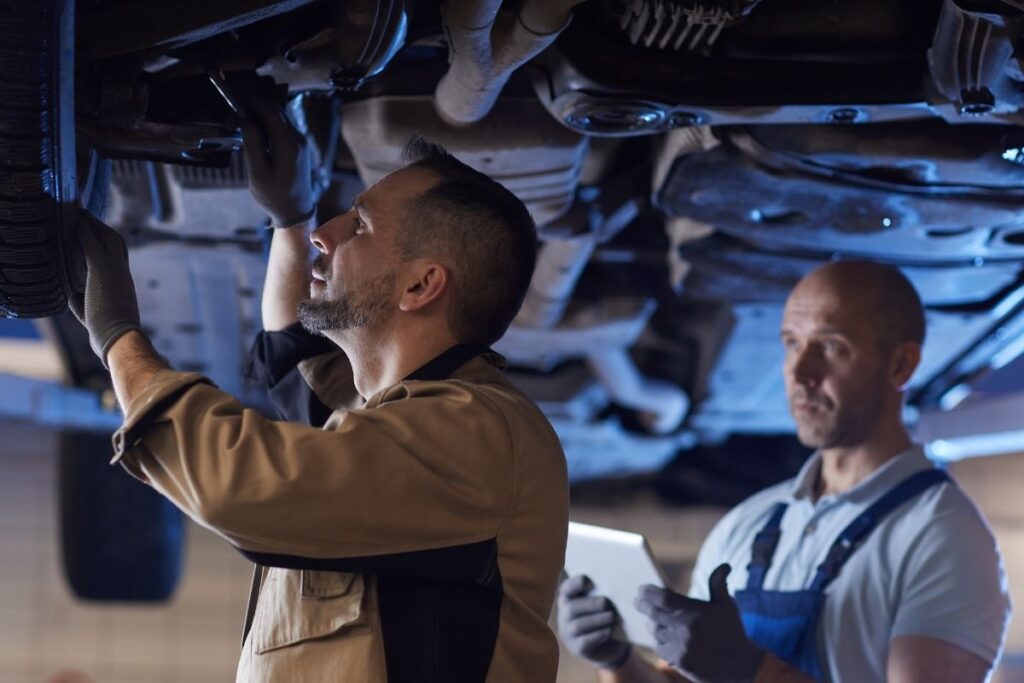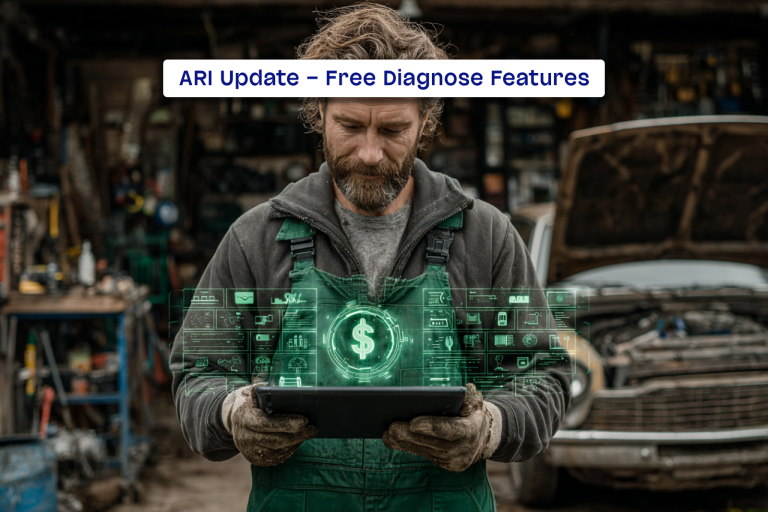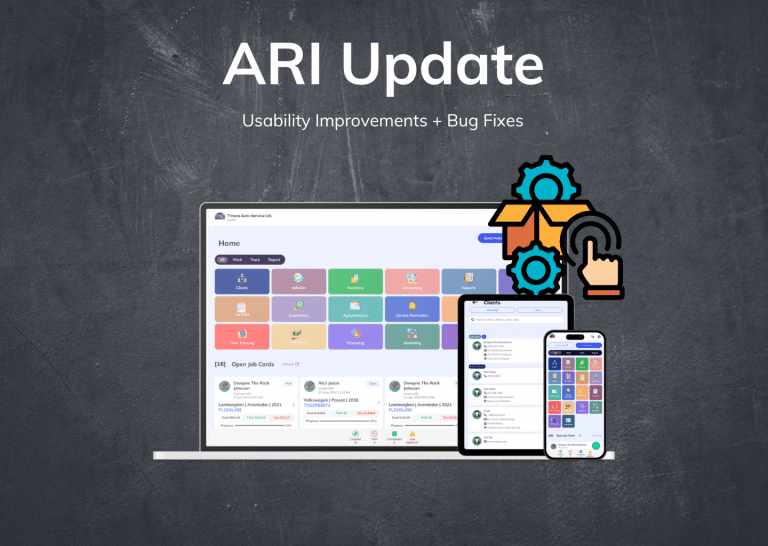5 Must-Have Tools For A Complete Auto-Inspection
Your car’s history is one of the most critical factors determining its value. That’s why every car sold at auction comes with a vehicle identification number or VIN report so buyers can look up its complete service history. Perhaps you are wondering how you can do this for your vehicles. Some essential tools will allow you to start doing all your automotive repair and maintenance and ARI’s shop management software for auto repair businesses. Your leads will be in-hand faster than ever before.
At the same time, your car or truck training includes checking items off your “to-do” list by maintaining an accurate paper record of what has been done to each vehicle over its lifetime. The following five must-have tools will make it easy for anybody who does their work on cars, trucks, RVs, or any other autos without hiring third parties to do it for them.
1. A computer with a USB port
Believe it or not, most cars built since 1996 have a standardized diagnostic connector that allows the vehicle’s computer to communicate with third parties over a standard five-wire USB connection. This system is called the OBD II (on-board diagnostics second generation). It can be used by anyone who has access to specialized software like Torque on the Android platform or ScanMaster on Macintosh computers. These programs will allow you to check for engine problems, transmission issues, and other potential malfunctions without removing any parts from your vehicle!
2. A tachometer
There are several reasons why having an accurate tachometer is essential for anyone who works on cars. For starters, it allows you to quickly and easily perform a compression test on just about any internal combustion engine. It helps determine whether or not the machine is worn out and has high mileage. Newer cars were built in 1996 and later used an ECU (engine control unit). These units control most of the essential features in your car, including fuel delivery and ignition timing. The information they provide can tell if your car’s computer “brain” needs to be replaced when something isn’t working correctly.
3. A jumper wire kit
Does this sound like a tool that only professional mechanics need? Think again! Suppose you want to save time when doing automotive repair or maintenance. In that case, you’ll need jumpers that allow you to quickly test any electronic component without having to remove it from the vehicle. That’s just what these jumper wire kits do.
4. A code reader or scanner
Even if you can’t afford a full-size computer tool like an OBD II reader/scanner, there are plenty of very affordable code readers on the market that will allow you to check for engine problems and other malfunctions on most vehicles made since 1996! Most dealerships use them because they’re quick and easy to use (no cables required) at auto repair shops near you.
5. An automotive stethoscope
It might seem like an odd tool to some people, but it can come in handy when checking out how smoothly your engine is running. What you need is the best automotive stethoscope that you can find. It will allow you to hear each cylinder fire and judge how much fuel/air mixture they’re getting before the spark plugs ignite the fuel in them (and cause them to run).
Wrapping Up!
Owning and maintaining a vehicle requires the owner to have certain tools handy to carry out regular repairs and maintenance. These essential tools can easily be found at any automotive supply store or online for an affordable price. The five must-have tools mentioned in this article will help you keep your car or truck well maintained, allowing it to run smoothly and efficiently for many years without requiring too much money spent on repair work. There are plenty of great pointers available about auto repair and maintenance. Still, not all of them will help you save money and potentially increase your bank balance since you’ll only need the basic essentials to maintain vehicles successfully! Even professional mechanics use these items as their primary source of equipment when required! So don’t wait any longer, and remember that you don’t need any special skills to use these tools. Just read the instructions and start using them!







